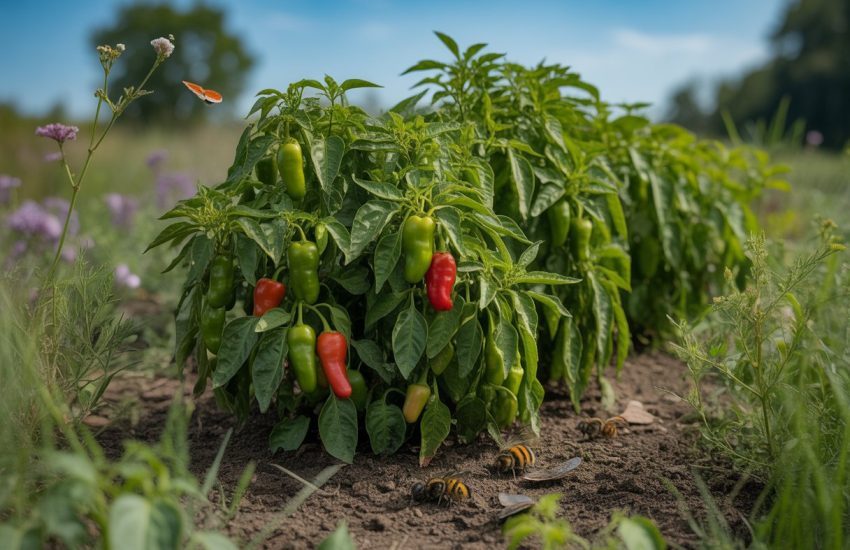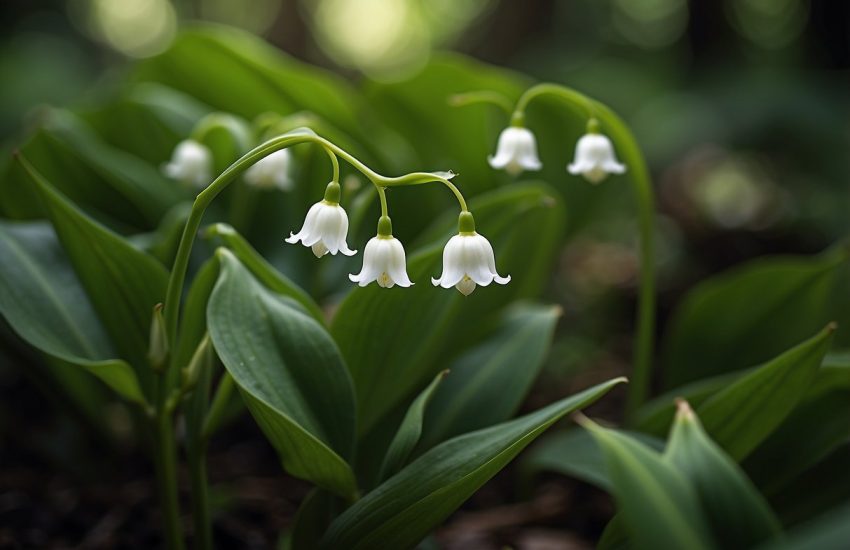Benefits of Planting Native Bee Balm for Pollinator Support and Garden Health
Planting native bee balm, or Monarda if you want to be formal, brings a bunch of practical perks for gardeners and the local ecosystem. Bee balm draws in pollinators like bees, butterflies, and hummingbirds, boosting biodiversity and making pollination more reliable around your yard.
This native plant doesn’t fuss over soil or weather, so you can count on it to be tough and pretty low-maintenance.
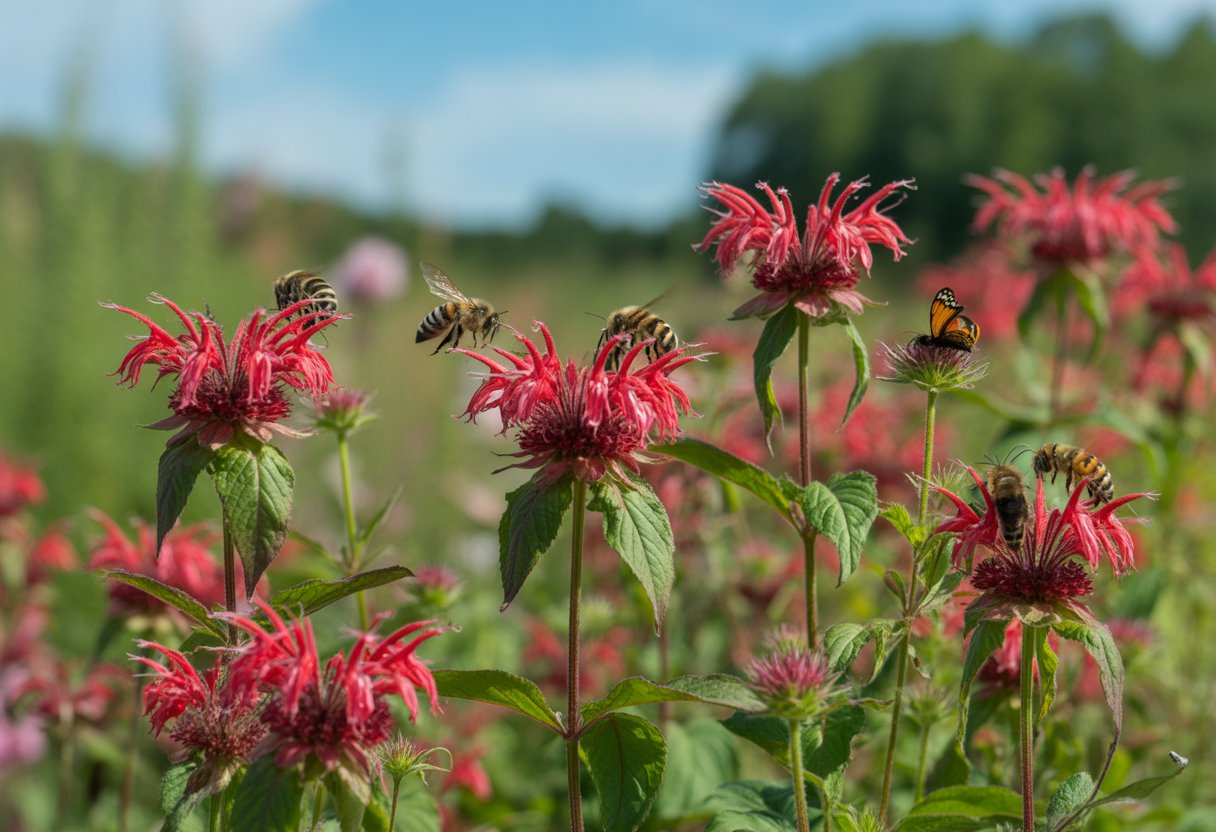
Aside from the ecological wins, bee balm splashes gardens with color and a sweet, herby scent. You won’t need to drown it in water or chemicals, so it’s a smart pick for anyone leaning green.
Ecological Benefits of Native Bee Balm
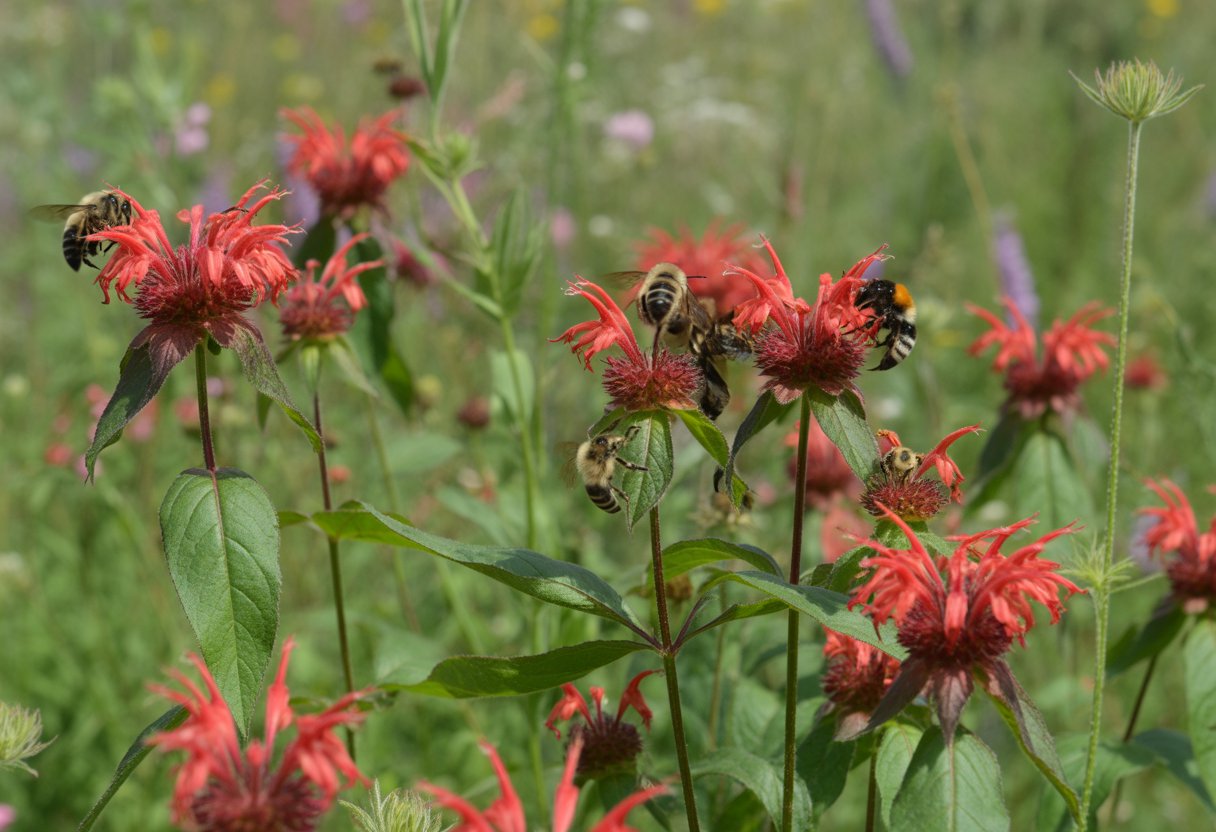
Native bee balm directly improves local ecosystems. It enriches the soil, supports a range of wildlife, and offers up plenty of nectar.
This plant isn’t just for looks—it plays a real part in pollinator gardens and wild habitats.
Supporting Native Pollinators
Native bee balm gives native pollinators, especially bees, a much-needed boost. It serves up easy-access nectar and pollen, which means more energy for those busy bugs.
Unlike non-native plants, bee balm fits right in with local pollinators’ diets and life cycles. That makes feeding more efficient and less of a struggle.
It helps solitary bees and honeybees stick around, keeping pollinator diversity alive. The bloom period fills in nectar gaps, too, so there’s rarely a food shortage for pollinators.
Enhancing Garden Ecosystems
When you plant native bee balm, you’re helping the soil by adding organic matter from its leaf litter. This leaf litter supports healthy microbes and keeps nutrients cycling through your garden.
Its deep roots hold the soil in place, cutting down on erosion and improving structure. Plus, bee balm attracts beneficial bugs that keep pests in check, so you can skip the harsh sprays.
Wildflowers like bee balm shake up the plant mix, creating a healthier, more balanced space for wildlife and pollinators.
Attracting Hummingbirds and Butterflies
Bee balm’s bold flowers pump out loads of nectar, which hummingbirds and butterflies can’t resist. These critters need consistent nectar, especially during migration or breeding.
Hummingbirds love the tubular blooms, while butterflies flock to the clusters for easier snacking. It’s a win all around, since their visits help pollinate nearby plants and keep the ecosystem buzzing.
Garden Value and Aesthetic Benefits
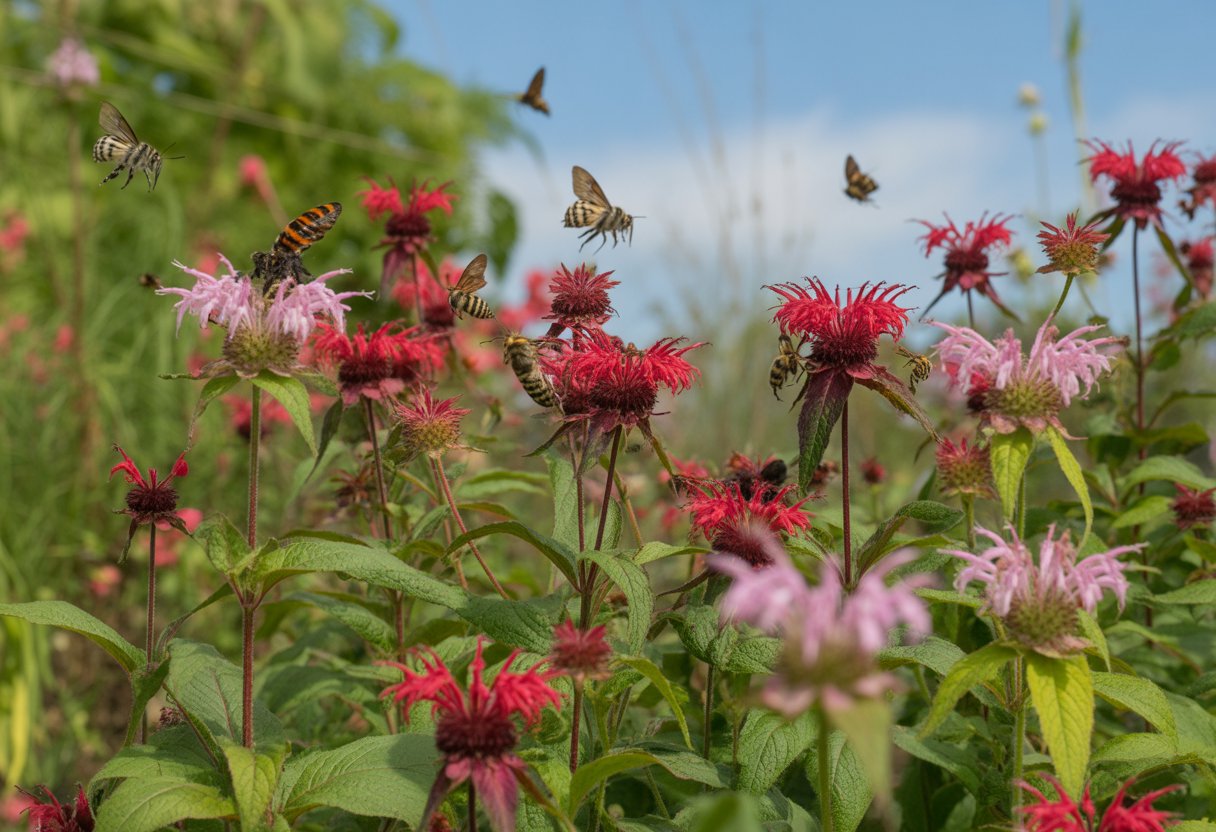
Native bee balm doesn’t just work hard—it looks good doing it. It brings color and scent to all sorts of garden spaces, and it’s tough enough to handle different landscape challenges.
This plant fits right in for gardeners working in USDA zones 4 through 9.
Vibrant Blooms and Fragrant Qualities
Bee balm boasts vivid blooms—mostly reds and scarlets—that pop from mid to late summer. Those flowers keep the bees and hummingbirds coming.
Its scent is gentle, never overwhelming, adding a subtle perfume to your garden. Bloom time runs four to eight weeks, though it definitely depends on the variety and your local weather.
Red and scarlet cultivars really steal the show, making them the stars of perennial beds. Their bold flowers keep things interesting well into the dog days of summer.
Landscape Versatility and Deer Resistance
Bee balm grows strong in USDA zones 4 to 9 and shrugs off different soils and moisture levels. You can tuck it into borders, wildflower patches, or let it naturalize wherever you want some color.
A big plus? It’s naturally deer resistant, so you won’t lose blooms to hungry visitors. No need for fences or sprays—bee balm keeps standing tall.
Its resilience makes it a solid pick for gardens where deer and unpredictable weather can be a headache.
Planting and Care Considerations
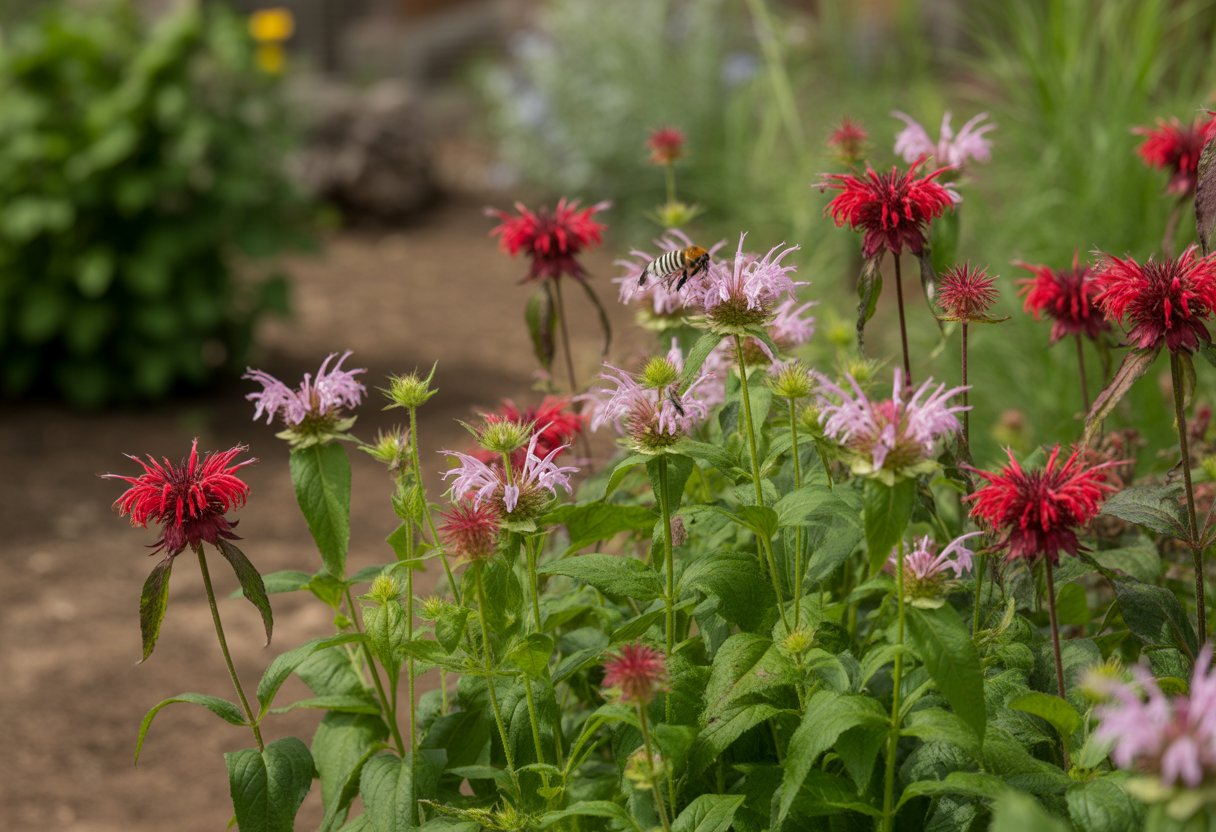
Native bee balm thrives when you pay attention to a few basics. The right spot, the right variety, and a little maintenance go a long way—especially if you want to avoid powdery mildew.
Ideal Growing Conditions
Bee balm loves full sun but can handle some shade—aim for at least six hours of sunlight. It prefers loamy, well-drained soil with plenty of organic matter, so don’t plant it where water pools.
Give your bee balm room to breathe. Good air circulation keeps powdery mildew at bay, especially in muggy or crowded gardens. Try to space plants 12 to 18 inches apart.
It’s part of the mint family and sports square stems, which is a neat way to identify it. Bee balm adapts to zones 4-9 and tolerates different pH levels, though it likes soil slightly on the acidic to neutral side.
Common Varieties and Their Unique Features
Monarda didyma—sometimes called Oswego tea or bergamot—is famous for its fiery red flowers and bold scent. Bees and hummingbirds love it.
Wild bergamot (Monarda fistulosa) brings softer, lavender-pink blooms and grows more upright. It stands up to dry spells better than Monarda didyma.
Other types come in pink, purple, white, and a range of heights, from compact mounds to tall clumps. Knowing your variety helps you plan out your space and keep your garden looking sharp.
Maintenance and Disease Prevention
When it comes to care, water deeply about once or twice a week. Let the soil dry out a bit between waterings—too much water, and you’ll risk root rot.
Want to keep powdery mildew at bay? Make sure there’s plenty of air moving around the plants and skip overhead watering. If you spot any signs early on, try using fungicides or neem oil to get ahead of it.
In spring, go easy on the fertilizer. A balanced mix helps growth, but too much nitrogen just invites mildew. If you need to transplant bee balm, do it in early spring or fall to avoid stressing the plant.
Snip off spent flowers to encourage more blooms and keep things tidy. It’s a small step, but it really helps the plant’s shape.

